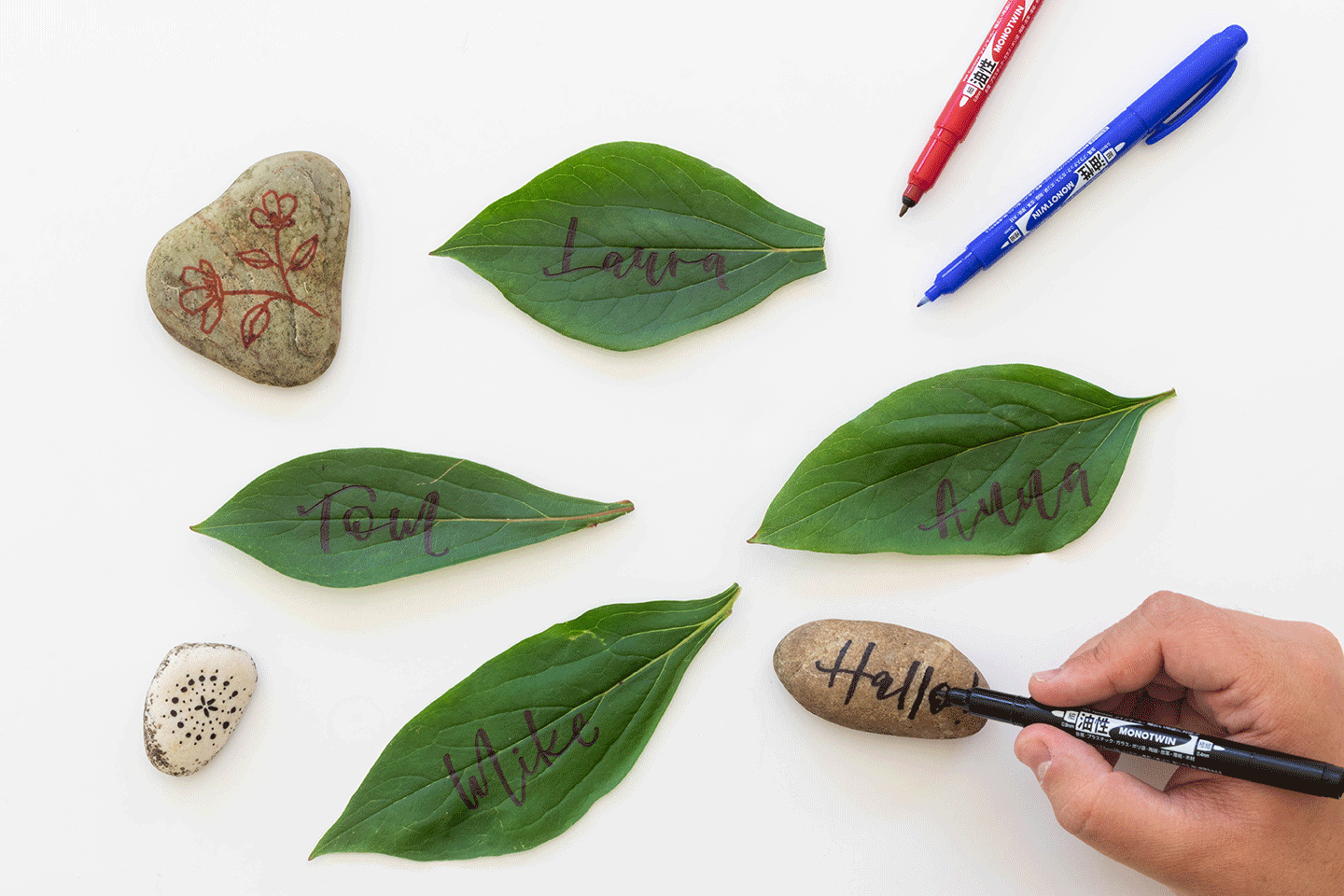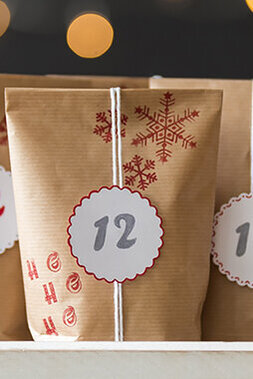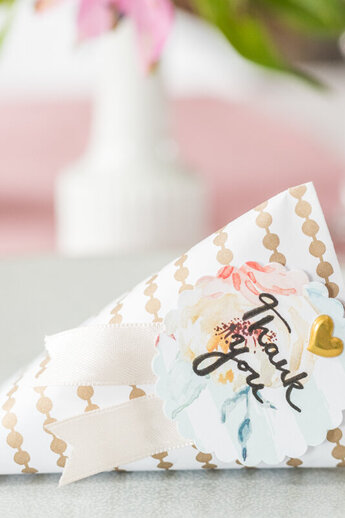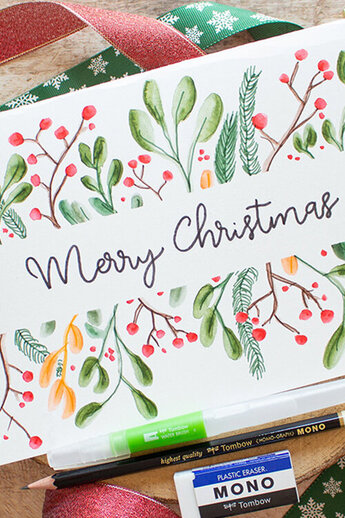Faux calligraphy using the MONO twin marker
In faux calligraphy (aka. ‘false calligraphy’), you don’t use a pen or brush pen to write, but instead use simple fiber-tip pens in inventive ways to achieve the calligraphy effect. This technique is also great for various surfaces that can’t be written on using a pen or brush pen.
Mike Trendle alias Herr Letter shows you the basic steps of Faux Calligraphy and how it is applied to natural materials.
Step 1: Sketching
In the first step, draw the lettering using a pencil. Make sure that the curves are nice and large so that you can trace the thick line over it later.

Step 2: Trace with the MONO twin
When the sketch is complete, you can simply trace the lettering using the MONO twin.

Step 3: Faux Calligraphy
The next step is the key part for creating a faux calligraphy effect. Here, take the MONO twin and draw a second line right next to all lines that go downward.
Then color in the resulting spaces between the two lines.

With this technique, it’s easy to do lettering on leaves, seashells, stones, and other natural materials to make a table decoration for a small garden party, for example.
With leaves, you have to make sure that they are as smooth as possible and don’t have a large leaf structure so that you can cleanly do lettering on them.

Done!
Let us know how helpful this article was for you. If you have any suggestions for improvement or other feedback, we’d love to hear from you. We promise to read everything.
PS: We're also curious to see your results. Share your work with us on Instagram or Facebook and share it with the community.












